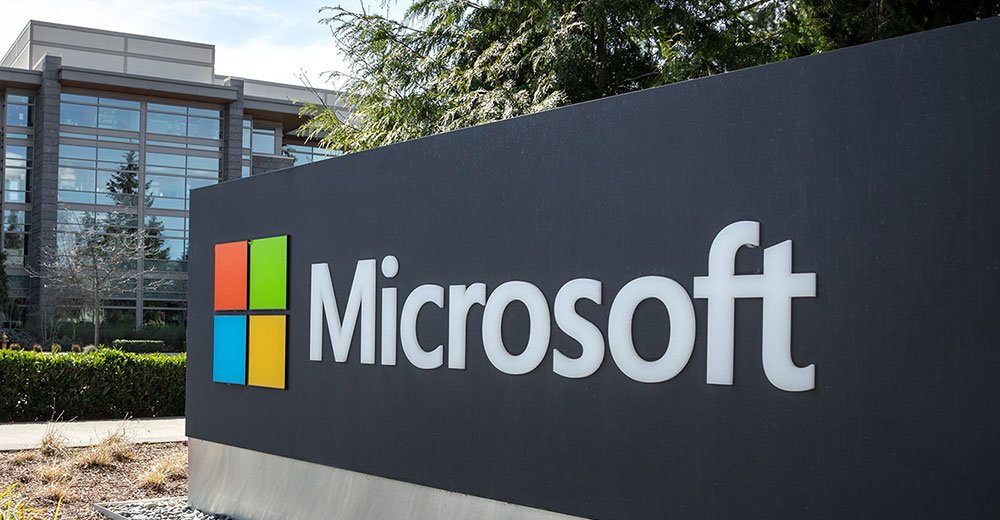In a significant shake-up to its workforce, Microsoft has announced another major round of layoffs, affecting approximately 9,000 employees worldwide. This move marks the second mass layoff in recent months by the tech giant, which is undergoing sweeping structural changes to adapt to an evolving technological landscape.
The layoffs represent roughly 4% of Microsoft’s global workforce and span across various teams and experience levels. Announced on July 2, just one day into the new fiscal year, the decision departs from the company’s typical timing for such organizational shifts, which usually occur later in the fiscal calendar.
According to a report by CNBC, a Microsoft spokesperson emphasized that the company is making necessary changes to remain competitive in a dynamic marketplace. “Organizational changes are being implemented to best position the company and its teams for continued success,” the spokesperson stated. The restructuring reflects Microsoft’s ongoing strategy to align operations with its long-term business goals, particularly in the realm of artificial intelligence and automation.
This latest round of job cuts follows several others earlier this year. In January, Microsoft laid off approximately 1% of its staff based on performance evaluations. In May, over 6,000 positions were eliminated, followed by an additional 300 in June. These developments follow a similar pattern from 2023, when the company trimmed 10,000 jobs. All told, this appears to be Microsoft’s second-largest layoff in company history, surpassed only by the 2014 cutback of 18,000 roles.
Though Microsoft has not explicitly cited the reasons behind the recent layoffs, industry analysts believe the surge in AI integration is playing a critical role. The rapid adoption of coding assistants and AI-powered development tools is reshaping how software engineering is done. These tools, which automate various aspects of coding and project management, reduce the need for certain traditional developer roles. This technological shift may be contributing to the widespread restructuring across the company’s engineering and product teams.
Microsoft is not alone in this pivot. Other tech giants, such as Google and Meta, are aggressively expanding their AI capabilities. Google recently introduced its own coding assistant, and Meta has reportedly invested $3 billion to secure top AI talent. As a result, there is fierce competition to attract the best researchers and engineers in the artificial intelligence space. Microsoft, which is leading in AI research investments alongside OpenAI, appears to be optimizing its resources to remain a frontrunner in this high-stakes race.
Despite the ongoing layoffs, Microsoft’s financial performance remains strong. While the company’s stock saw a slight dip in premarket trading on Wednesday, it remains up 16% year-to-date and has risen an impressive 150% over the past five years. The company’s ability to maintain investor confidence suggests that the market views these layoffs as part of a broader, forward-looking strategy rather than signs of financial distress.
Employees affected by the layoffs span different departments and are located across multiple countries. Microsoft has stated that it will support those impacted through severance packages and transition assistance. However, the scale and frequency of these layoffs have raised concerns among current employees, many of whom are uncertain about the future structure of their teams.
In conclusion, Microsoft’s recent move to lay off 9,000 employees reflects the broader industry trend of realigning resources to meet the demands of AI-driven innovation. As the company continues to transform its internal workflows and development processes, it appears poised to maintain its leadership position in the ever-changing world of tech—though not without significant workforce disruption along the way.








